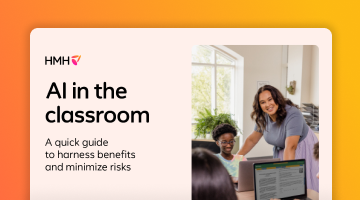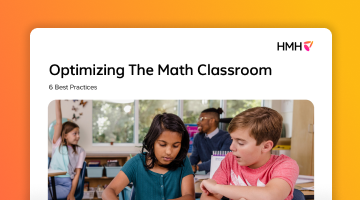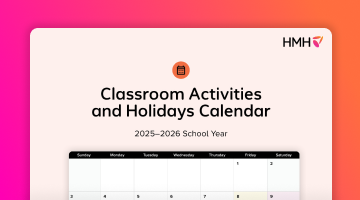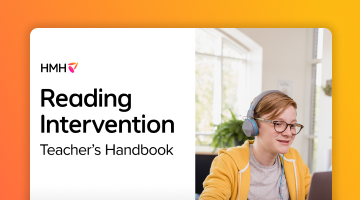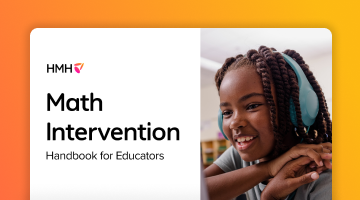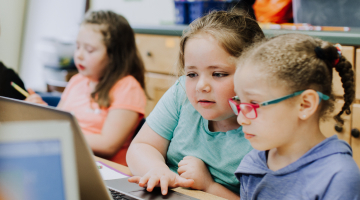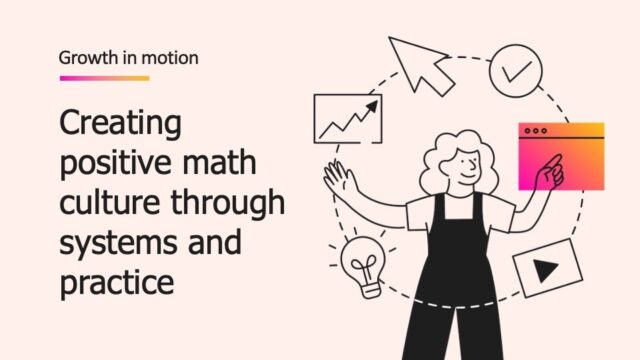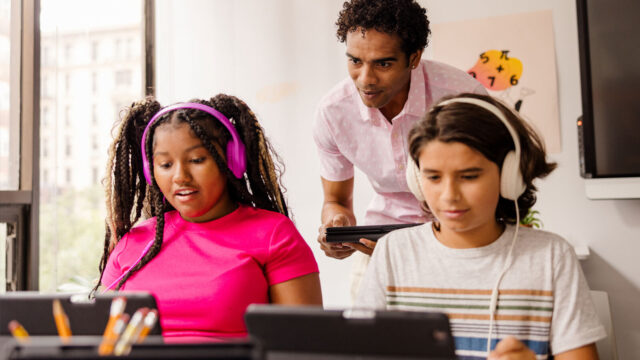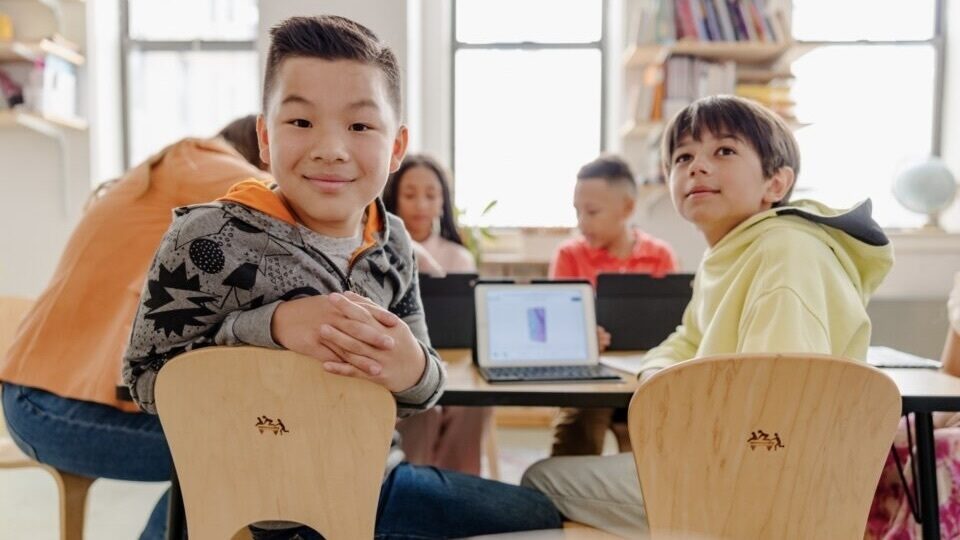
Grouping students for instruction has been a common practice in education for many years. One of the initial reasons grouping became popular is that it allowed teachers to deliver instruction matching students’ skill levels. However, with the rise of standardized testing, rigid, long-term grouping based on students’ perceived ability became the norm. Sometimes referred to as tracking or ability grouping, this practice reinforced inequalities and didn’t allow many opportunities for growth.
Flexible grouping in the classroom is a different approach. It arose as a way to respond to students’ ever evolving needs and goes hand-in-hand with differentiated instruction and formative assessment.
Flexible grouping definition
Let’s first define flexible grouping. The term itself outlines the concept at a basic level: flexible groups are adaptable arrangements of students. When and how to adapt the groups, and in response to what data, is what we’ll get into here. Flexible groups are temporary and fluid. Most importantly, these groups are aligned to a specific purpose. Whether to meet a learning objective or complete an activity, students in flexible groups are intentionally and temporarily arranged for a specific task or goal in order to optimize their learning.
Flexible grouping vs. ability grouping
With flexible grouping, students are grouped and regrouped based on assessment data and observations. This differs from ability grouping where students are placed in fixed or semi-permanent groups with instruction tailored to the group’s overall ability level (for example, reading groups that stay the same all year, or math courses that often keep students on the same path of learning over multiple grades).
While ability grouping may sometimes succeed in aligning instructional content with the learning needs of some students, the benefits are limited. More often, the practice has been shown to limit opportunities for growth, reinforce achievement gaps, and negatively impact students’ self-esteem.
The key difference between flexible grouping and ability grouping is that flexible groups are responsive. With ability grouping, groups of students may begin with similar needs (based on assessment data, past performance, or observations), but they aren’t adaptable for different rates of growth or changing needs.
Flexible grouping in differentiated instruction
Differentiated instruction is an approach where every student in the class works toward the same learning objective, but the way each student achieves the objective can vary based on their strengths, challenges, or interests. There are many options for flexible grouping in differentiated instruction. Teachers create multiple paths to learning by adjusting four key areas of instruction: content, process, product, or learning environment. Flexible grouping supports all four areas of differentiation.
- Content is what students learn. Flexible grouping enables teachers to provide content at different levels of challenge to groups based on their needs.
- Process is how students learn. Flexible grouping allows teachers to use strategies and pacing that align to students’ readiness.
- Product refers to how students show what they have learned. Flexible grouping gives students opportunities to demonstrate learning in a variety of ways by working collaboratively with peers.
- Learning environment refers to the physical setup of the classroom. Flexible grouping encourages the purpose of a given activity to guide the seating arrangement.
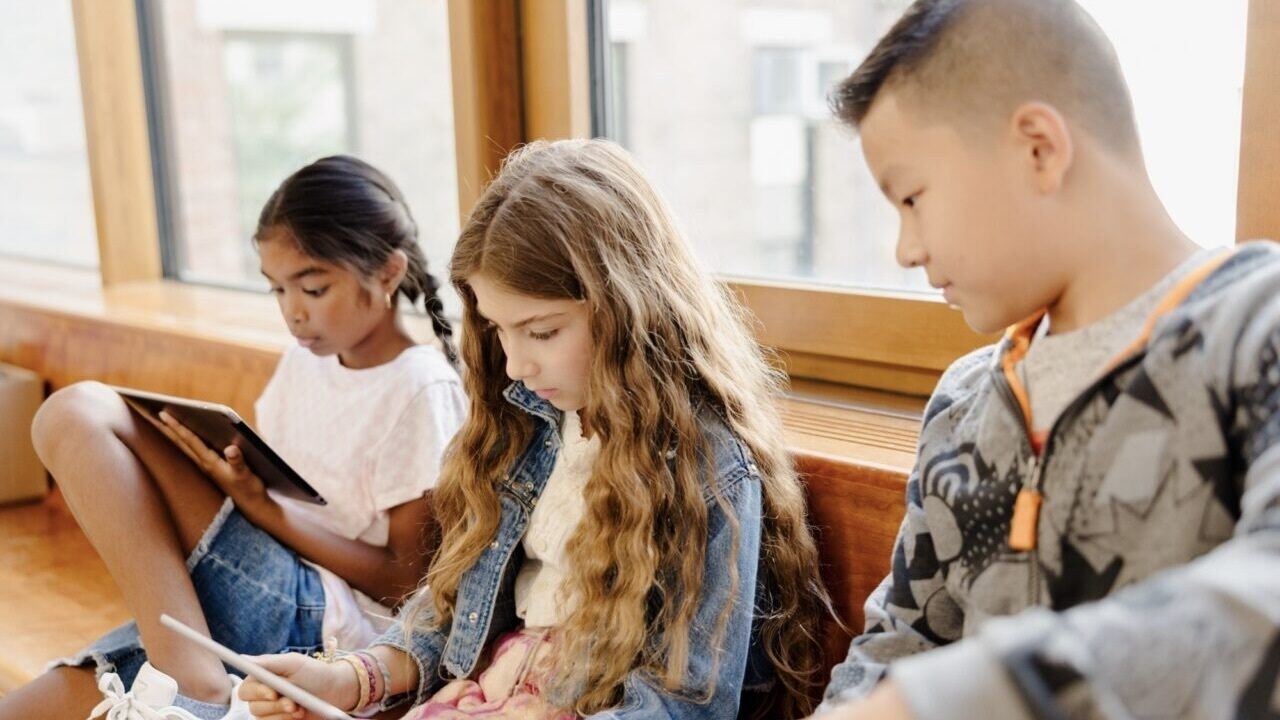
Benefits of flexible grouping in the classroom
One of the most significant benefits of flexible grouping in the classroom is the ability to create a responsive and student-centered learning environment. Additionally, the use of flexible grouping:
- Supports differentiated instruction: Teachers can target specific needs by grouping students based on skill level or interest.
- Promotes equity: Because groups change frequently, all students can have opportunities to participate and lead.
- Encourages peer learning: Interacting with a variety of peers helps students develop collaborative skills.
Flexible grouping strategies and ideas
Before you try this approach, here are some flexible grouping ideas and strategies to consider.
When to use flexible grouping
Flexible grouping is especially effective when:
- Students have different levels of readiness for or mastery of a skill or concept. For example: some students need re-teaching, extra practice, or enrichment.
- Tasks center on interest-based exploration. For example: research projects where students work together to examine different subtopics.
- Students can benefit from peer collaboration. For example: reading group discussions where some students can model thinking aloud.
How to form groups
- Use assessment and observational data to group students based on readiness, skill, or interest.
- Rotate group types regularly. Mix homogeneous, heterogeneous, random, teacher- and student-selected grouping.
- Use random grouping tools such as name sticks and digital apps to mix things up and ensure fairness.
- Remember that there's trial and error involved in this process, and that's okay.
How to manage groups
- Use flexible seating options such as floor cushions, standing desks, or table groups to support collaboration. Let the purpose of the activity guide the seating arrangement.
- Establish clear routines and procedures so students know what to expect and how to engage with their groups. For example: teach roles, turn-taking, and respectful disagreement. Explicitly teach and model group routines until they become automatic for students.
- Check in with groups regularly to ensure all students are engaged and to offer targeted instruction and feedback. Using a timer can help you stay on track. Adjust your time and attention based on each group’s level of need—some may require more support, while others benefit from greater independence.
Flexible grouping examples
The following flexible grouping examples support differentiated instruction across content areas. This is not an exhaustive list. What makes any group flexible is that it is temporary, fluid, and intentionally aligned to a specific task or goal.
Skill/strategy groups: Students are grouped according to their current understanding of a concept. Some groups receive reteaching while others work on extensions.
Reading groups: Students are grouped based on their current learning needs, interests, or instructional focus. These groups are dynamic and may change over time to ensure all students are supported in developing reading skills and engaging meaningfully with texts that challenge and inspire them.
Math workshops: Students rotate through different stations or tasks (teacher-led, independent practice, games). Groups are formed based on need, interest, or student choice.
Learning rotations: Students move through stations with different activities focused on a learning objective. Groups can be homogeneous or heterogeneous, depending on the purpose.
Interest-based projects: Students group themselves based on interest within a broader unit or theme. These groups promote intrinsic motivation and ownership of learning.
Peer review teams: Students review each other’s writing, projects, or problem-solving strategies, offering feedback based on clear criteria. Mixed-ability groups provide a range of perspectives.
Random pairing or mixed-ability pairing: Students are grouped intentionally or randomly to work on a short-term task. These groups encourage collaboration and allow students to learn from peers with different strengths.
Flexible grouping in education offers a practical way to respond to students’ diverse learning needs. By forming temporary, purpose-driven groups based on data, teachers can differentiate instruction and respond to students’ needs as they change and grow.
***
Build teacher capacity with HMH’s professional learning experiences. We offer ongoing support for every teacher, every day, with live online courses and coaching to help navigate any learning environment.
Get free strategies to personalize whole-group instruction in your classroom.

